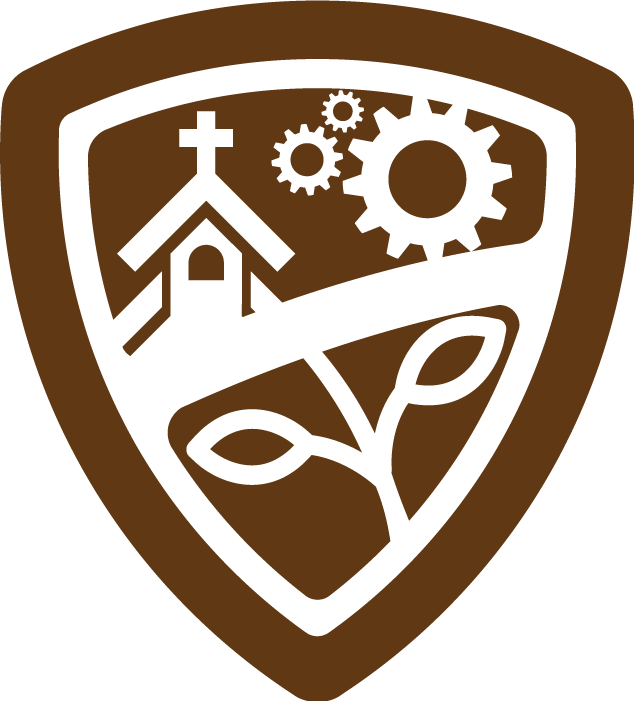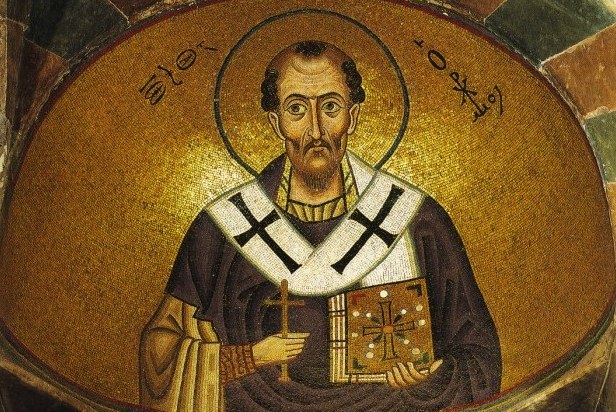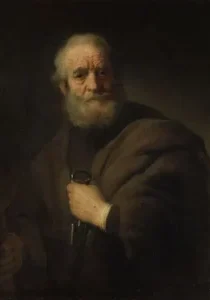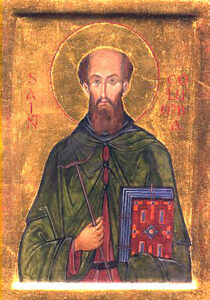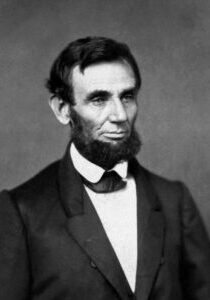John Chrysostom
September 13, 347 - September 14, 407
Archbishop of Constantinople
Archbishop of Constantinople
From Antioch
Served in Antioch
Affiliation: Christian
"Helping a person in need is good in itself. But the degree of goodness is hugely affected by the attitude with which it is done. If you show resentment because you are helping the person out of a reluctant sense of duty, then the person may receive your help but may feel awkward and embarrassed. This is because he will feel beholden to you. If, on the other hand, you help the person in a spirit of joy, then the help will be received joyfully. The person will feel neither demeaned nor humiliated by your help, but rather will feel glad to have caused you pleasure by receiving your help. And joy is the appropriate attitude with which to help others because acts of generosity are a source of blessing to the giver as well as the receiver."
“As a moth gnaws a garment, so doth envy consume a man.”
“No matter how just your words may be, you ruin everything when you speak with anger.”
“Fasting of the body is food for the soul.”
The eloquence and elegance of Archbishop John’s words catalyzed his moniker, chrysostom, given 150 years after his death. The ancient Greek word means golden-mouthed. The Church Father’s sermons endeared him to his audiences and caused consternation for those in love with power, whether it was those in the sanctuary or in the palace.
In February 313 A.D., 34 years before St. John Chrysostom’s birth, Emperors Constantine and Licinius arrived at a political agreement which granted religious freedom for all who desired to worship another besides Caesar. Four months earlier, in October of 312, Constantine had converted to Christianity. Before his conversion and the agreement, Christians in particular, had suffered great persecution at the hands of Rome’s prior Caesars. The Edict of Milan, as it has been titled, was declared in the Eastern Roman Empire by Licinius.
It is in the east where St. John was born in 347. Antioch, his city of birth, was the second most important city in the eastern part of the Roman Empire. It was also an epicenter of the debate concerning Arianism, the belief that God the Father and God the Son are separate beings. Several councils were held there to condemn the heresy and affirm the unity of the two persons of the holy Trinity.
St. John was born into a military family with his father being a high-ranking officer in the Syrian army. He would not have the opportunity to know his father, Secundus. He died shortly after his son’s birth. John’s mother, at 20 years of age, raised him and his elder sister. Anthusa’s intellect and devoutness to the Christian faith ensured they received proper instruction in piety. She also enrolled him in schools of great prestige.
After his primary education, John began to study under the tutelage of Libanius. His extraordinary gift to communicate with precision and flair was already present. His instructor was confident John would become a statesman. His interests, however, started to shift. Upon meeting Bishop Meletius, he was taken with the church leader’s exemplary qualities. He began forsaking the legal for the holy. Study of the scriptures and listening to Meletius preach became his main foci.
John was baptized at the age of 23 and chose to leave his secular studies permanently and pursue religious training. Anthusa rejoiced over her son’s decision, but asked him not to become a monk, which he intended to do, and live with her until she passed away. He honored his mother’s request and moved into a monastery in the Syrian mountains after she died. There, he enjoyed the contemplation, study, and prayer he desired. He also received an education from Carterius and the famous Diodorus, later Bishop of Tarsus, which prepared him for the priesthood. He was ordained a priest in 386.
The ascetic lifestyle of monks focused them on the excellencies of God. Huts or separate cells were the monks’ living quarters. Camel’s or goat’s hair was their attire. Rising before sunrise and beginning the day with hymn singing and prayer was their morning routine. Reading, writing, and manual labor were their allotted tasks. They ate only bread and winter, except when sick. Straw couches were their beds. Their approach to living in such a community was selflessness. Concepts of “mine” or “thine” were left outside the monastery.
St. John lived a total of six years in devotion to ascetism. After four years of prayer, labor, and scriptural study, he became an anchorite (a religious recluse) living in a cave near Antioch. Due to watchings (night vigils) and fastings in the cold weather, his health suffered greatly. He was forced to return to Antioch and convalesce. There he resumed his office of lectorship (reading scriptural lessons) in the church.
In approximately 381, Bishop Meletius made John a deacon. In this capacity, he assisted in the liturgical functions. He cared for the sick and the poor and also probably assisted in teaching the catechumens. It is presumed he wrote his most famous book, On the Priesthood, near the end of his deaconship or the beginning of his priesthood. (It must be noted though it is difficult to specify dates for his life. This article relies on the some of the best information available.)
St. John began serving in the office of priest in 386. He was ordained by Bishop Flavian who succeeded Meletius. Meletius passed away in 381 while he was chairing the Council of Constantinople where the Nicene Creed was accepted. This document is viewed as the death blow to Arianism. As priest, John preached and provided religious instruction and education. It is in this role his speaking powers were able to be heard by many. Lent of 387 is a notable time for one of his notable sermon series. The collection of teachings was entitled “On the Statues” and it addressed the Antiochenes’ protest of new taxes levies. The citizens had toppled statues of Emperor Theodosius in the city. His moral clarity and eloquence substantiated his preaching reputation throughout the Church. In addition, he was well-known for his concern for the needy and the oppressed.
Upon becoming archbishop of Constantinople in 398, John built a hospital with his own money for the poor. This was just one example of how he cared for the impoverished. He earned a reputation for serving this segment of society. Additionally, just as he had in Antioch, St. John preached often about the deceitfulness of riches and the extravagant indulgence of the women as it pertained to their clothing.
Another issue the archbishop addressed was the administration of the episcopal household. He instructed his finance officer to cut unnecessary expenses such as banquets, opulent living standards, and other luxuries. He also had to remove from the deaconate two men. One who had committed adultery and another for murder. Even amongst the monks, reform was needed. Some failed to exercise the discipline of the position and wandered aimlessly. John restricted them to their monasteries. As well, he admonished the ecclesial widows to remarry and conduct themselves circumspectly as the state expected.
As mentioned earlier, St. John’s sermons were filled with eloquence and depth. This gained him favor with people in power, such as Emperor Arcadius and initially his wife, Eudoxia, and people not in power. His ministerial care also encompassed outsiders too. He preached to the Goths (with an interpreter) and commissioned parts of the Bible be translated into their language. John also sent missionaries to Gothic and Scythian tribes living near the Danube River. His devotion is exemplified by the fact that even in exile the archbishop was directing these missionary efforts.
As one probably notices, St. John as archbishop was unconcerned with currying favor or utilizing the power he held for selfish purposes. He had not lobbied to be head of the church in Constantinople. He did not even want the position once he had been selected. In fact, John was chosen against his will to be the city’s leader of the church. So not caring whether he was picked for the position or not, he cared little whether people liked him or not. When he began to tackle the problem of excessive living and exorbitant wealth, he seemed to shirk not from his position one inch when various parties allied to threaten his increasing spheres of influence or ruin him existentially. Accusations were brought against him by his archrival Theophilos. The empress conspired with Severian, the bishop of Gabala, against John.
In 403, Theophilus, archbishop of Alexandria, convened the Synod of the Oak. At the meeting, St. John was accused of a number of fabricated wrongdoings, 29 in total. One included the charge of high treason. Others were petty or gross exaggerations. When summoned, John refused to attend the synod. He was “found guilty” by the synod and was to face execution for his “crimes.” Emperor Arcadius chose to exile him instead.
Upon banishment, the emperor learned the extent of the archbishop’s popularity and the power of the voice of the people. The residents of Constantinople rose up and protested the emperor’s action and promised civil disobedience if St. John was not restored to his position. The strength of the people’s protests even discouraged the royal court from intervening. Their lobbying had a significant impact on the emperor.
The empress also urged Arcadius to revoke the order for exile. The night of the archbishop’s exiling a mighty earthquake shook Constantinople. Eudoxia believed the quake was punishment for the unjust ruling against the saint. She implored her husband to order John’s recall.
Two months after the patriarch had returned to the city, a silver statue of Eudoxia was erected near the cathedral. St. John preached a sermon where he challenged the crowd’s frenzied reaction to the statue when it was unveiled. His thoughts, but in a twisted manner, were retold to the empress. Her reaction was quite uncontrollable. She spoke with Theophilus and demanded he and the other bishops convene again and depose John. Theophilus and the bishops were willing, but the emperor was not. On Easter Eve of 404, however, the king’s hand was forced when the bishop’s enemies with imperial soldiers stormed the baptistery where catechumens were to be baptized. The congregation was forced out and the emperor was forced to exile St. John for good.
Exile did not stop the patriarch from feeding God’s flock. He continued to write the church and write manuscripts. His enemies continued to torment him. They asked he be transferred to a desolate place, Pityus. The soldiers who were leading him forced him to march for long periods of time in the sun’s heat, the night’s cold, and in storms’ rains. On September 14, his condition worsened to such a degree that they turned back and returned to the nearest location of significance, Comana. The golden-mouthed bishop fell silent on this earth a few hours later.
***
Numerous parallels can be drawn between St. John and his Lord. Like Jesus, he lived a life free of many earthly comforts. As Christ spent 40 days in the desert, he dedicated a portion of his life to solitude and prayer. He spoke truth boldly to those in power. He was persecuted like His Savior. Jesus had enormous power he could have used while on the cross. St. John possessed a powerful tongue he could have used for his own advancement. Instead, he used it for the advancement of the kingdom of God.
St. John Chrysostom lived to be 60 years of age.
SOURCES: New Advent, Orthodox Christianity, Concordia Publishing House, Franciscan Media, and Britannica.
